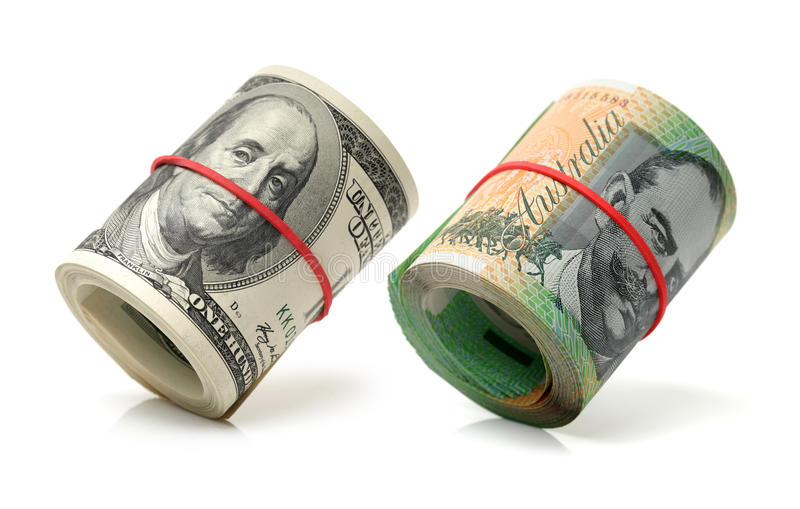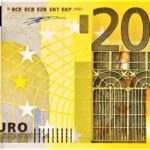Australian Dollar is trading higher on an annualized basis due to increased risk appetite and a hawkish RBA.
On Thursday, the Australian Dollar (AUD) retraced its recent losses after falling from a five-month high of 0.6779. The US Dollar (USD) gained momentum versus the Australian Dollar in the previous session, owing to improving US economic statistics. As a result, the AUDUSD pair ended its five-day gain streak.
According to the Meeting Minutes released on Tuesday, Australia’s central bank is hawkish. providing a lift to the Australian Dollar. Before making future interest rate decisions, the Reserve Bank of Australia (RBA) is expected to carefully study further data to assess the balance of risks. According to the World Interest Rate Probability Tool (WIRP), there is broad expectation that the RBA will refrain from cutting interest rates at its policy meeting in February.
Despite higher US Treasury yields, the US Dollar Index (DXY) falls on Thursday. Furthermore, the US Dollar was under pressure due to dovish opinion concerning the US Federal Reserve’s (Fed) interest rate trajectory in early 2024. However, Fed officials advised caution and discouraged hasty speculation.
In November, the US Existing Home Sales Change reported a 0.8% monthly increase, reversing the prior decrease. of 4.1%. CB Consumer Confidence increased significantly in December, reaching its highest level since early 2021, jumping from 101.0 to 110.07. On Thursday, market participants will most likely be watching US Gross Domestic Product Annualized (Q3), Initial Jobless Claims, and the Philadelphia Fed Manufacturing Survey.
Daily Market Movers: The Australian Dollar stays bullish on improving risk sentiment.
The Westpac Leading Index (MoM) increased by 0.01% in November, compared to the previous report of flat 0.0%.
The preliminary Judo Bank Composite PMI for Australia rose to 47.4 from 46.2 before.
The Manufacturing PMI was 47.8, slightly higher than the previous number of 47.7.
The Services PMI increased to 47.6 from 46.0 in the previous reading.
Consumer inflation expectations in Australia for December fell to 4.5% from 4.7% in November. 4.9% was the previous figure.
On Wednesday, the People’s Bank of China (PBoC) issued its Interest Rate Decision. The Monetary Policy Committee (MPC) kept the benchmark rate at 3.45% unchanged.
New York Fed President John Williams has spoken out against the possibility of a rate cut in March.
Predictions about the Fed’s policy position were deemed premature by San Francisco Fed President Mary Daly.
Austan Goolsbee, President of the Chicago Fed, expressed a similar attitude, cautioning that the market’s eagerness for interest rate decreases may have exceeded reasonable expectations.
US housing starts increased to 1.56 million, exceeding the market forecast of 1.36 million. However, building permits fell to 1.46 million, slightly below the 1.47 million projected.









